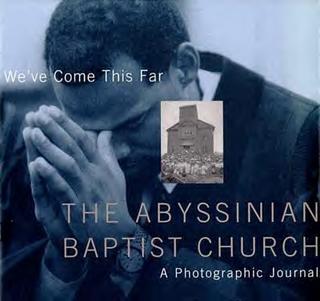MAKING THE SECOND HARLEM RENAISSANCE REAL

The media treated itself to a field day in 2001 when former President Bill Clinton announced that he had signed a 10-year lease, at $354,000 per year, for office space in Harlem on West 125th Street. The news brought much needed hope and inspiration to those who had witnessed the United States’ most famous neighborhood struggle to survive the ravages of decayed buildings, a decreased population, dwindling employment, and the same debilitating drug traffic that crippled communities all over the country.
That Clinton’s ever-so-cool Harlem shuffle lent a major boost to the community’s profile and real estate business is not to be denied. However, few things could better symbolize the in-progress twenty-first century Harlem Renaissance than the restoration of a Harlem brownstone sponsored by ESSENCE Magazine and the Abyssinian Development Corporation (ADC).
As part of its year-long 35th anniversary celebration, ESSENCE Magazine entered into a partnership with the Abyssinian Development Corporation in 2005 to renovate and redecorate a Harlem brownstone consisting of two single floors and a duplex. Approaching the project with a classic sense of style reminiscent of the first Harlem Renaissance, the ESSENCE team also included the design talents of Courtney Sloane, Zevilla Jackson Preston, and Keita Turner. The renovation is scheduled for completion in October 2005.
Some twelve years before Clinton shared his presidential spotlight with Harlem, Reverend Dr. Calvin O. Butts III in 1986 implored members of the Abyssinian Baptist Church to tackle the restoration of their community “brick by brick and block by block.” Given the role that the almost 200-year-old church played in the first renaissance, it is not at all ironic that it should have been called upon more than half a century later to help institute the second.
Three years after Reverend Butts’ impassioned plea, in 1989 parishioners of the church chartered the Abyssinian Development Corporation. They also obtained a $50,000 grant to help fulfill its stated mission to increase Harlem’s “human, social, and physical capital.” With its corporate eyes clearly on the prize of success, ADC founded the Central Harlem Local Development Corporation in 1991, and in 1993 won a contract to operate a Head Start program. In 1995, the organization introduced the Harlem Renaissance Day of Commitment™ geared towards raising operational funds and showcasing Harlem’s determined recovery from the agonies of urban blight. The organization broke ground for a new Pathway Supermarket in 1997 and, in 1999, began its program to construct Renaissance Homes.
In 2005, ADC completed the construction of the Thurgood Marshall Academy for Learning and Social Change by literally building on the legacy and legend of the original Harlem Renaissance. They accomplished this when they added three stories to the former SMALL’S PARADISE nightclub, one of the great entertainment spots of the 1920s, and turned it into the first school facility constructed in Harlem in half a century.
From its very humble and challenging beginnings, the Abyssinian Development Corporation has grown to command a consolidated budget of more than $58 million and a payroll of 100 employees. In the community of Harlem itself, ADC has created more than 1,000 jobs and more than 1,000 housing units. Not only have they succeeded in helping to make the second Harlem Renaissance indisputably real, they have created a model of perseverance and success than many are now emulating to reverse the decline of their own communities.
By Aberjhani
Co-author of ENCYCLOPEDIA OF THE HARLEM RENAISSANCE
And author of I MADE MY BOY OUT OF POETRY
© 10/11/2005

Comments